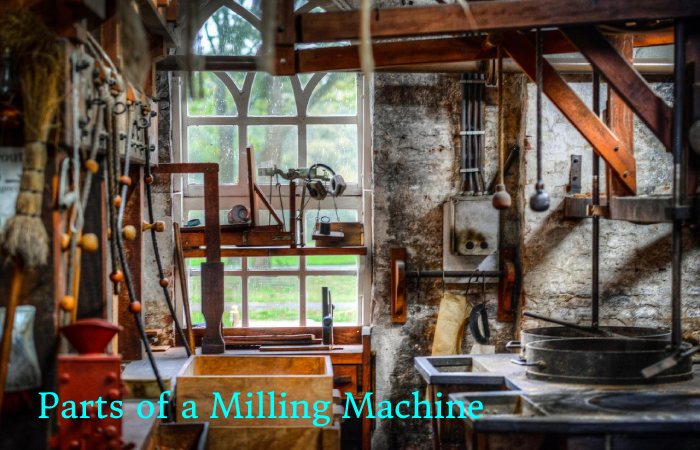Table of Contents
Introduction
A milling machine is a machine instrument whose role is to create parts of specific shapes. This device roughs cuts or even drills different solid materials, generally metal, such as steel and bronze, and wood and plastic. This function is carried out through chip removal by high-speed rotation of the cutter and the movement of the axes.
Essential Characteristics of a Milling Machine
Power
It will be enough to have a milling machine with about 500 w of power. For other materials, the machine tool needs to have a capacity of 800 w.
Stroke Length
They are also known as depth of cut. It is necessary to choose a machine with a maximum depth of cut related to the work to carry out. The maximum depth of cut should be at least 40mm. Some routers go as deep as 65mm.
Speed
A milling machine must have an electronic speed balance or at least different rates to apply according to the class and hardness of the material on which it will work. The maximum speed must be at least 22,000 rpm
Weight
The less weight the router has, the easier it will be to manipulate, and the more weight it has, the more steady it will be.
Collet Diameter
it is recommend that the router has 6 and 8 mm collets to enable adaptation to a more significant number of drills.
Type of Milling Machines
The types of movement that the mill has, a more significant number of axes increases the machining possibilities, the device’s cost, and the complexity of programming operations.
3-axis
These are the essential orthogonal directions of a machine with these characteristics. They represent the axes X, Y, and Z, to be able to machine in the three dimensions of space.
4-axis
The possibility of rotating the object to be machine within the work table to the previous axes, the four lateral faces can be mill, or a tool can also be place to fix four pieces instead of just one in each cycle.
5-axis
In addition to the three primary axes, they minimize multiple grips and allow the mill to admissibility many nooks and crannies in part.
Parts of a Milling Machine

Engine
It is the heart of the milling machine. Its power, revolts and torques vary conferring to the model and the purpose of use and motors with a fixed speed that regulate speed and also power with a system of pulleys or gears.
Cranks
However, they are the ones that give movement to the Cartesian axes. There are cranks “X”, “Y” and “Z”, respectively. With them. They can also have more of these elements depending on the number of functional movements that the machine has or if the fourth axis of rotation is install.
Work Table
It is where the part to be rough is place. The also block of raw material to be mill is fix on the work table using different systems. Also the most common approach is clamp the part with a vice or clamps, screws, and T-nuts.
Gearbox
Not all materials are cut at the same speed. Each combination of cutter material and material to be cut requires a different turning speed of the tool so that the finish is the best possible.
Conclusion
At this point, you are already an expert in milling machines. In addition to this knowledge, we want you to know about an environmentally conscious alternative that you can choose if you need to buy one of these machine tools.
